The Society’s Communication and Membership Committee is glad to announce the 2024 Research Competition winners!
Our student winner is: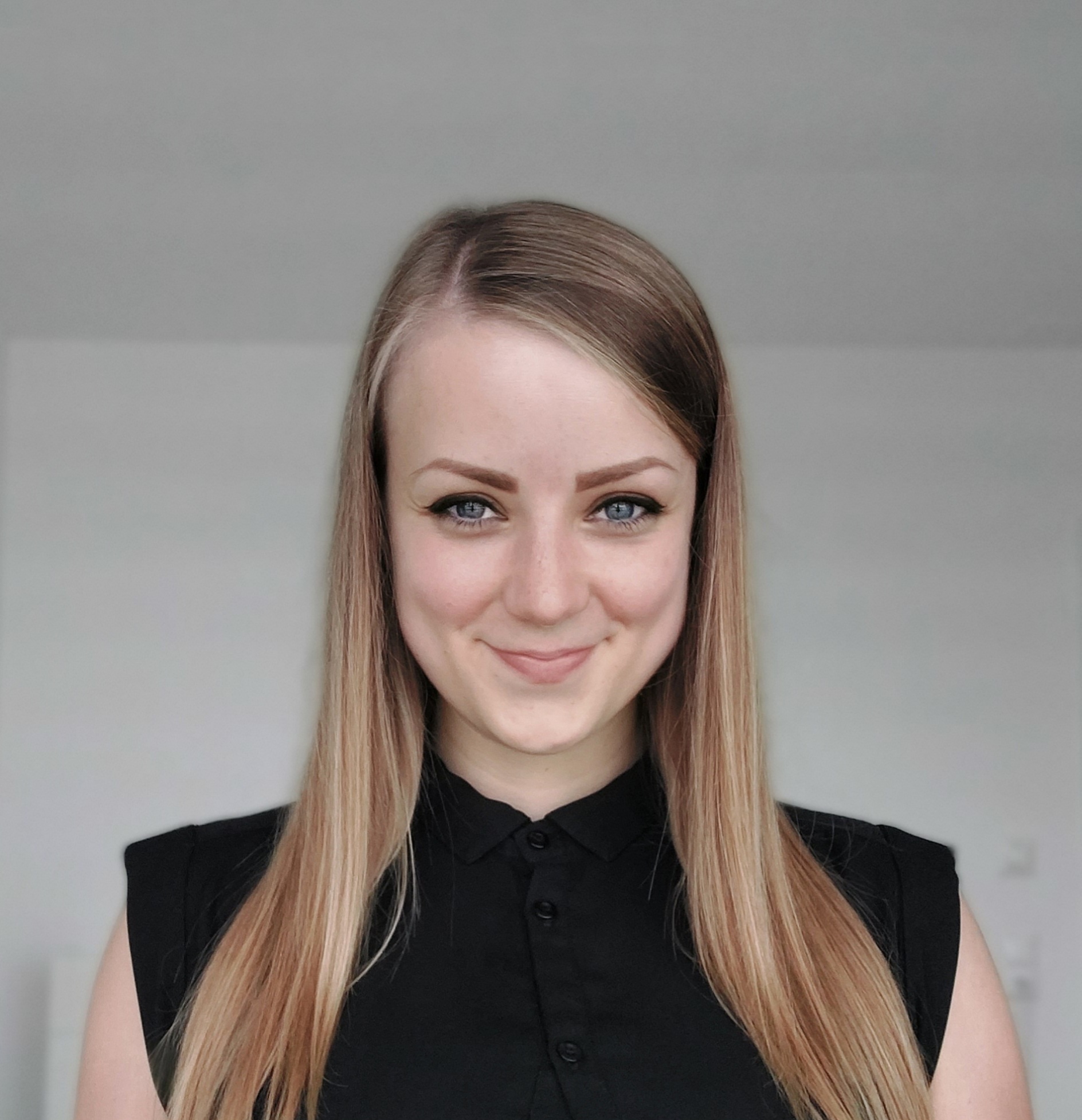
Ms. Marlena Surówka (Roche Innovation Center Zurich, Ludwig Maximilian University of Munich)
Poster title: P329G-Engager: A Novel Universal Antibody-based Adaptor Platform For Cancer Immunotherapy
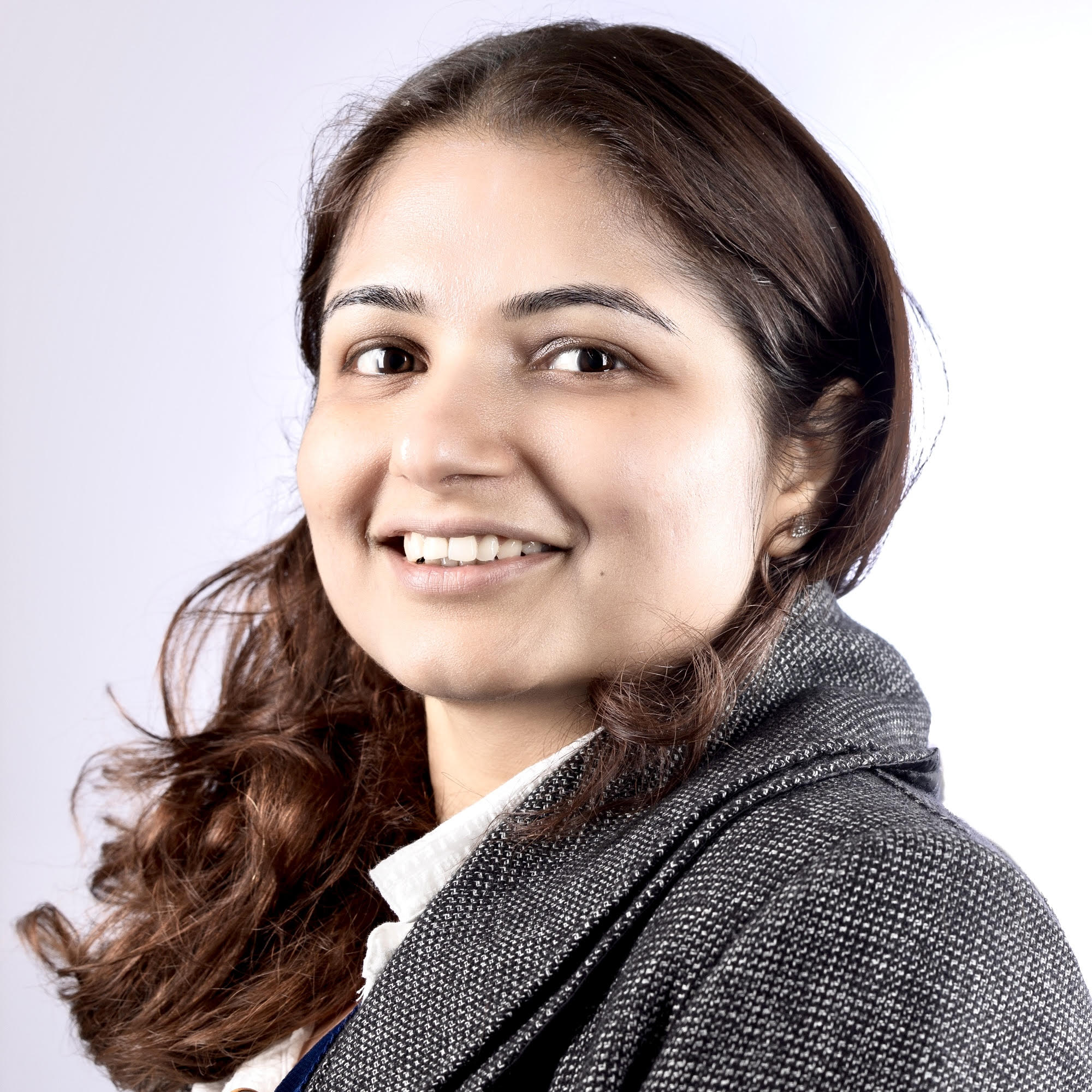 Our post doc winner is:
Our post doc winner is:
Dr. Shivani Sachdev (National Institutes of Health (NIH))
Poster title: Leveraging antibodies and chemistry to interrogate cell surface receptor function
The Antibody Society sponsors competitions each year to recognize and encourage the research activities of promising student/postdoctoral fellows. For the Research Competition, participants submitted a summary of their work on a topic related to antibody research. Winners (1 student and 1 post-doc) were selected based on originality, creativity, scientific merit, clarity of their research and its presentation.
Winners will receive:
- broad exposure of their work,
- a $400 cash prize,
- and the option of a free registration to: 1) Schrödinger’s online course, Introduction to Computational Antibody Engineering; or 2) virtual Antibody Engineering & Therapeutics.
Congratulations to our winners and thanks to everyone who participated!
Watch out for our next Research Competition in 2025!
Information on past competitions and winners can be found here.

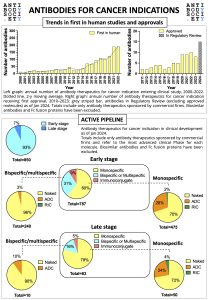
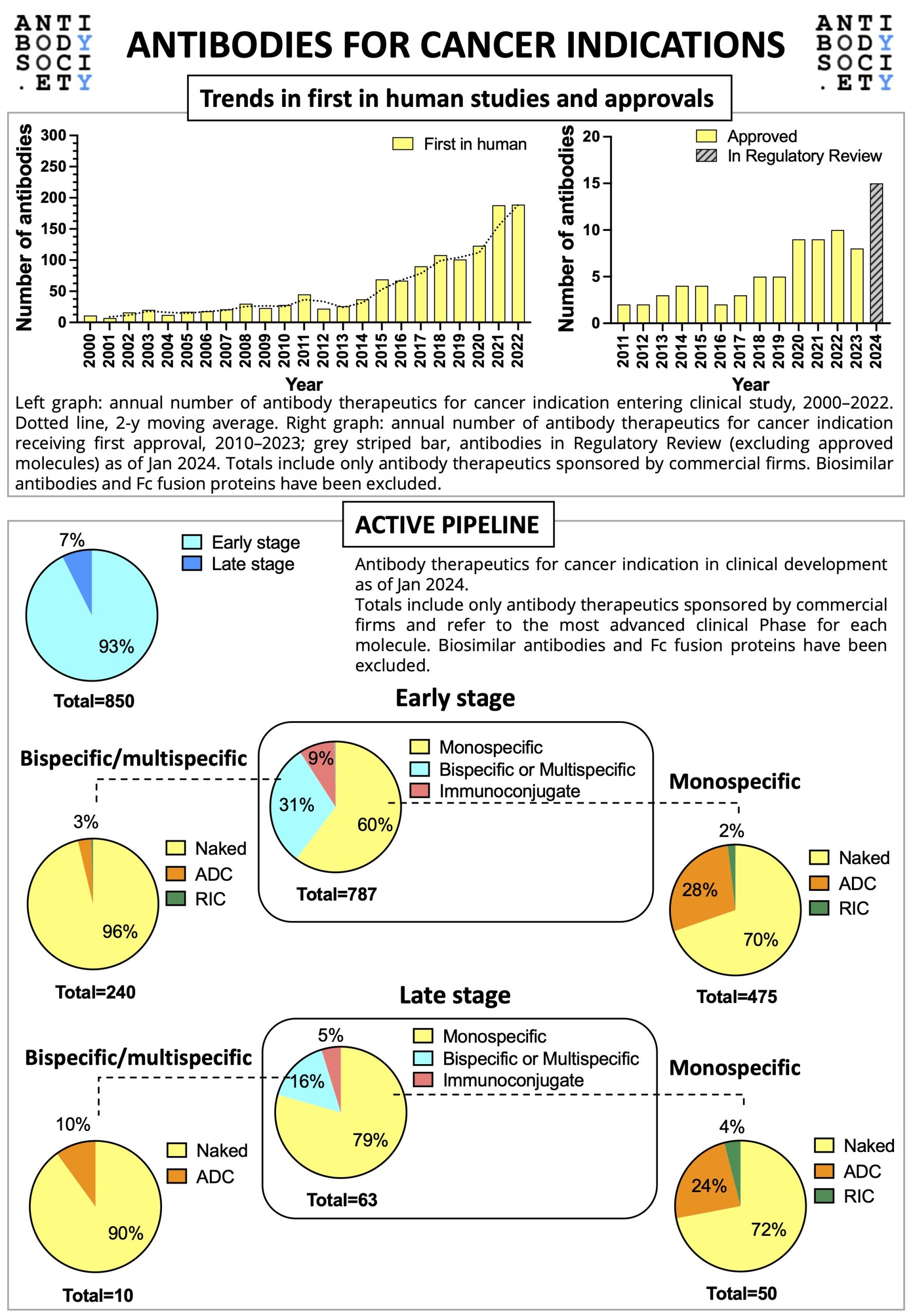
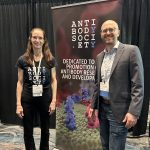
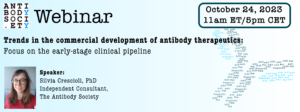
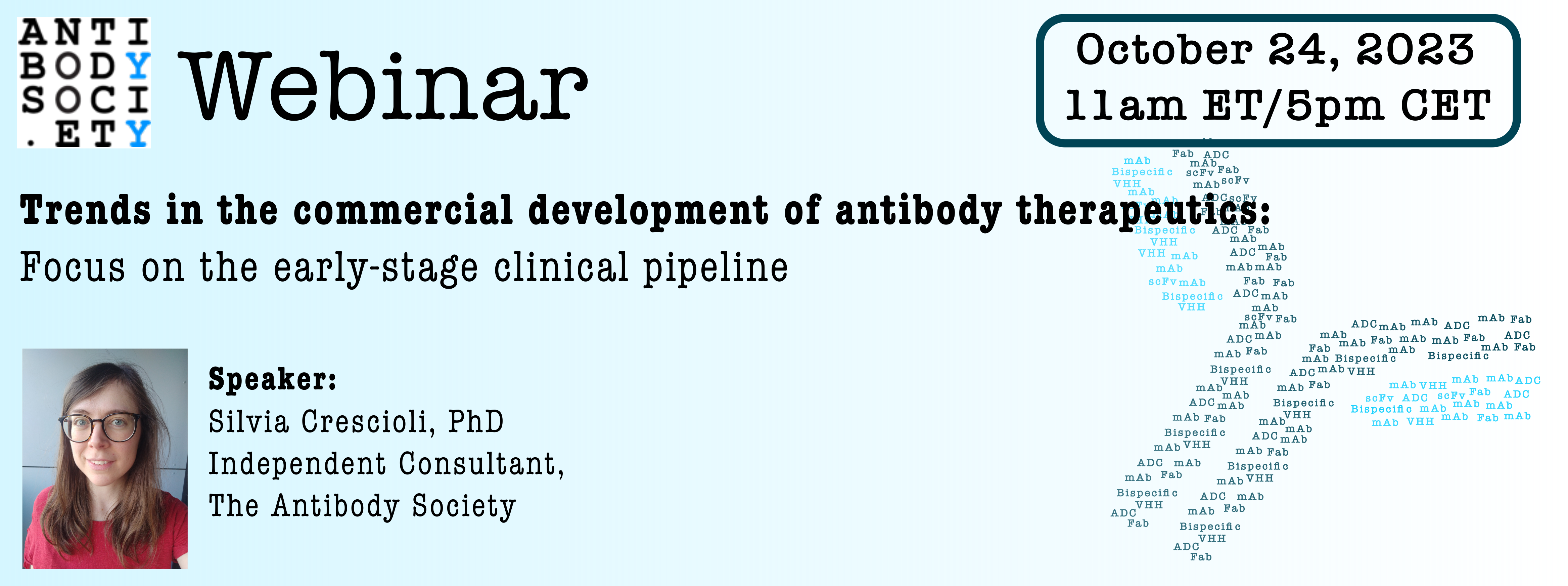
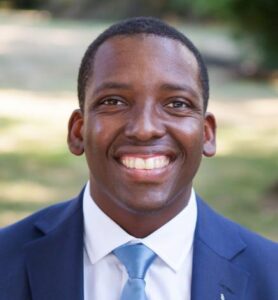 Our student winner is:
Our student winner is: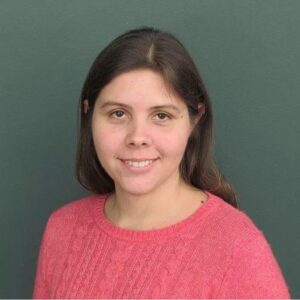 Our post-doc winner is:
Our post-doc winner is: